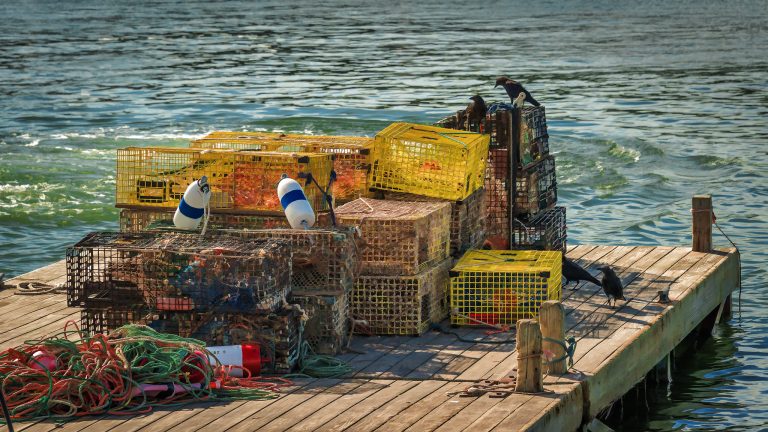Andrew Goode grew up lobstering with his father in Boothbay, Maine, a coastal town whose economy and culture have long been dominated by fishing.
Goode: “That’s essentially why this town was built.”
Now, as a researcher at the University of Maine's Darling Marine Center, Goode studies how warming is affecting lobsters in his region.
He said lobsters prefer water temperatures between 54 and 68 degrees Fahrenheit. Water temperatures higher than this make it harder for them to reproduce, stress the young lobsters, and lead to the spread of disease.
In southern New England, warming waters are causing the lobster fishery to collapse.
In the cool Gulf of Maine, rising temperatures are primarily benefiting lobsters, and lobster populations are booming.
Goode: “But sustained changes like this could lead us beyond that peak.”
As the climate warms, populations may decline and lobsters may move further north and east to cooler, deeper waters.
So while the Gulf of Maine hasn't yet felt the dramatic impacts seen in the southern region, Good said it's critical to monitor the population and be prepared.
Goode: “I’m very worried about the future of fisheries in the face of climate change.”
Report source: Sarah Kennedy/ChavoBart Digital Media
We help millions of people understand climate change and what to do about it. Help us reach more people like you.
